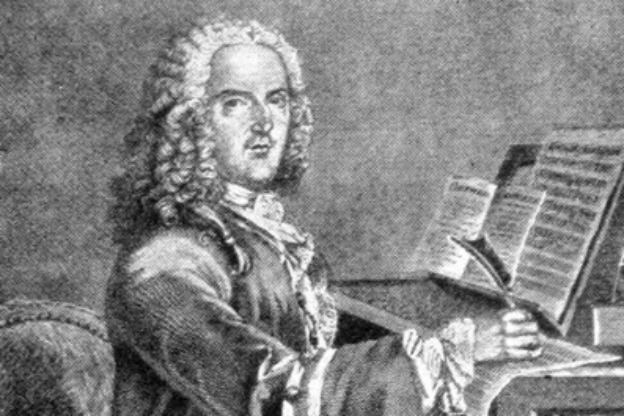Record label Harmonia Mundi | Years active 1704-1749 | |
 | ||
Books First Organ Book, First Organ Book: Organ - Method or Collection Similar Louis Marchand, Nicolas de Grigny, François Couperin, Jean‑François Dandrieu, André Campra | ||
orph e by louis nicolas cl rambault
Louis-Nicolas Clérambault (19 December 1676 – 26 October 1749) was a French musician, best known as an organist and composer. He was born, and died, in Paris.
Contents
- orph e by louis nicolas cl rambault
- Louis nicolas cl rambault 1676 1749 exultet omnium motet de saint sulpice
- Biography
- Works
- References
Louis nicolas cl rambault 1676 1749 exultet omnium motet de saint sulpice
Biography
Clérambault came from a musical family (his father and two of his sons were also musicians). While very young, he learned to play the violin and harpsichord and he studied the organ with André Raison. Clérambault also studied composition and voice with Jean-Baptiste Moreau.
Clérambault became the organist at the church of the Grands-Augustins and entered the service of Madame de Maintenon. After the death of Louis XIV and Guillaume-Gabriel Nivers, he succeeded the latter at the organ of the church of Saint-Sulpice and the royal house of Saint-Cyr, an institution for young girls from the poor nobility. He was responsible there for music, the organ, directing chants and choir, etc. It was in this post—it remained his after the death of Madame de Maintenon—that he developed the genre of the "French cantata" of which he was the uncontested master. In 1719 he succeeded his teacher André Raison at the organs of the church of the Grands-Jacobins.
His Motet du Saint Sacrement in G major is one of the first French works known to have been performed in Philadelphia.
Works
His important published work includes:
